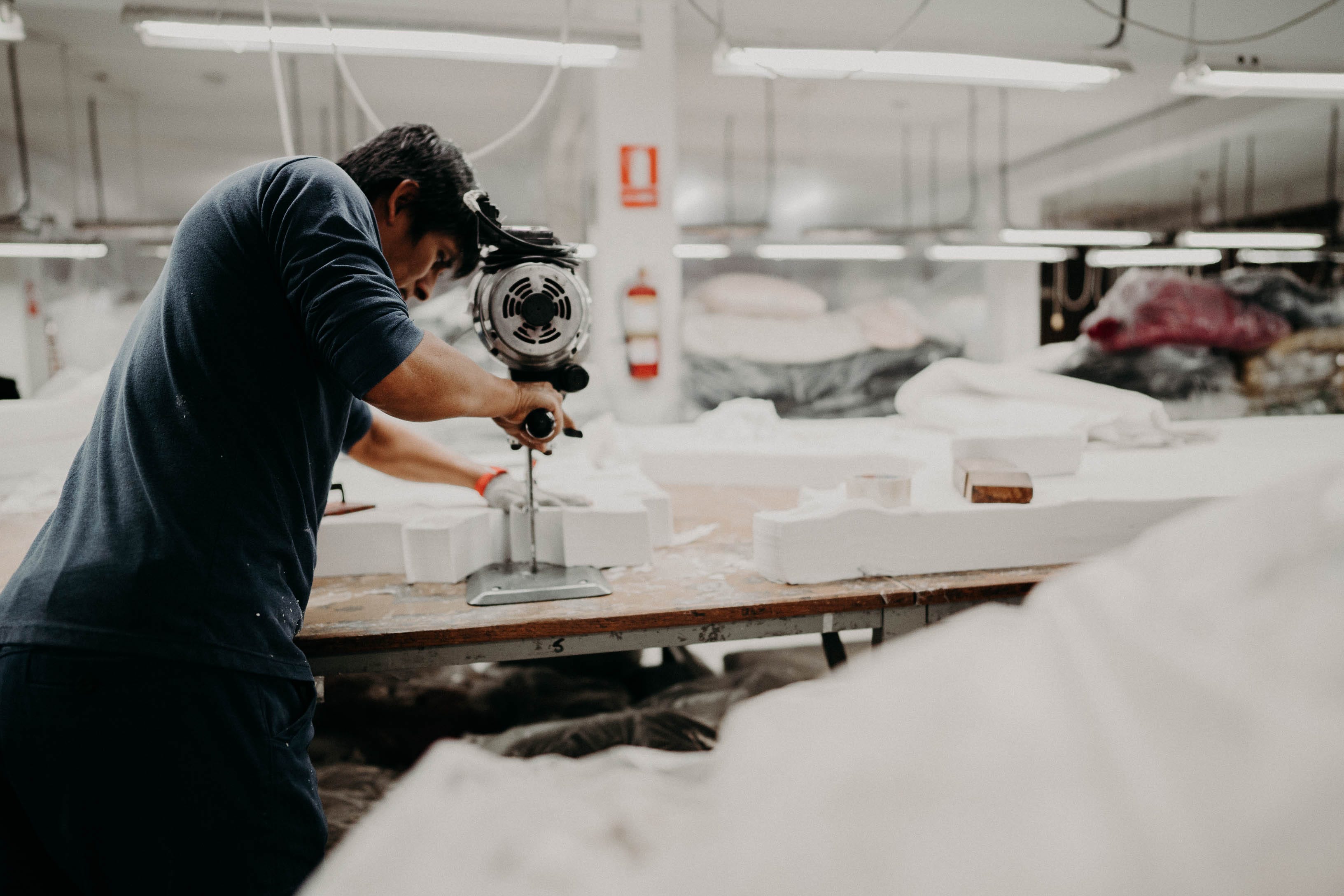THE DIFFERENCE BETWEEN PIMA, TANGUIS, AND STANDARD COTTON

WE HAVE BEEN MISLEAD ABOUT COTTON.
Forever now we have been told that "cotton is bad," especially in the outdoor world. We are told that it doesn't dry out quick enough, doesn't "wick", and that it is environmentally unfriendly. If you have a background in the outdoor industry you may have heard the phrase "cotton kills".
We believe that phrase is used severely out of context. One major misunderstanding is that there are many types of cotton. In our garments we use 2 types of cotton almost exclusively; Peruvian Pima and Tanguis cotton.
The advantages of cotton in the outdoors are that it is healthier and non allergenic to wear, it absorbs water better than synthetic fibers which keeps you more comfortable, and it's also more breathable than synthetics (suprise) . Besides the technical reasons, we feel that products made with quality cotton also look, wear, and feel higher quality.
PIMA COTTON
Peruvian Pima cotton is a long staple cotton fiber grown in the coastal sub tropical regions of Peru. The fibers are up to 2 inches long which makes them at least twice as long as "standard cotton". The advantages is that you have a very smooth fiber that looks and feels very high quality but it is also functionally stronger and more breathable than most any other cotton.
TANGUIS COTTON
Tanguis cotton was developed by Fermin Tanguis over 100 years ago. Tanguis is more durable and stronger than regular cotton. Another major benefit of Tanguis cotton is that it absorbs and transfers perspiration much better than normal cotton allowing the product to be naturally more breathable without the use of plastic or polyester products. Tanguis is also more environmentally friendly as it requires less water to grow in Peru’s climate and can be harvested up to 6 times per year.


SO IS COTTON BETTER THAN POLYESTER?
Yes! Well we would say for many applications yes. As long as the activity that you are doing does include cold and windy temperatures or long periods of being in water or heavy rain we think it is the best product you can wear. The negative part about cotton (which is also a positive in most cases) is that it absorbs water very well but water is heavy and if too much water gets absorbed too quickly cotton has a difficult time shedding it. Normal perspiration is generally not a problem with cotton but vigourus activity in cold temperatures where the base layers and mid layers are covered and can not dry out is an example where a synthetic or wool product is a better choice.
Purchasing higher grades of cotton such as Pima and Tanguis increases all the positive qualities about cotton, and actually in many cases may be a much better choice than synthetic options.




